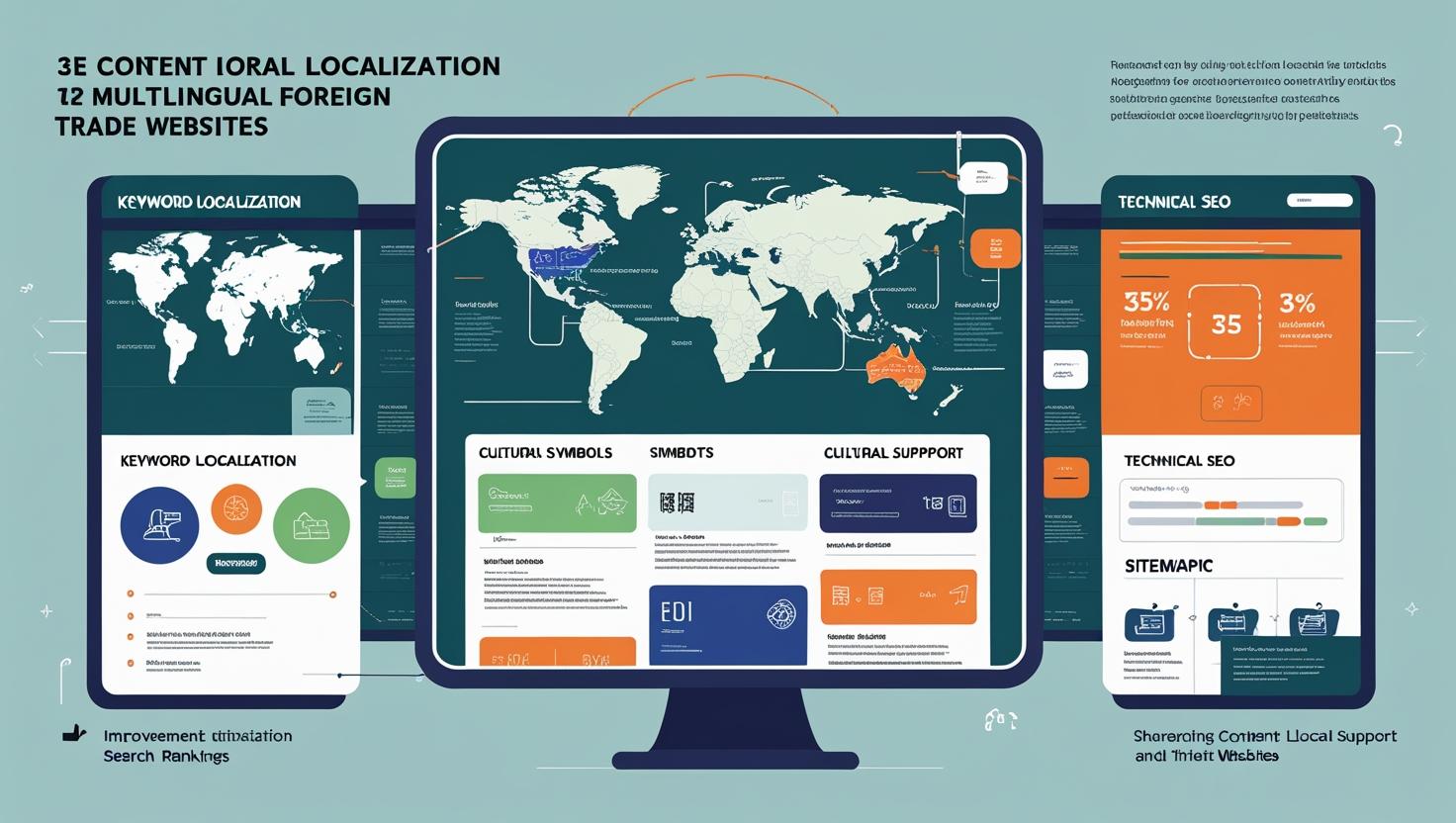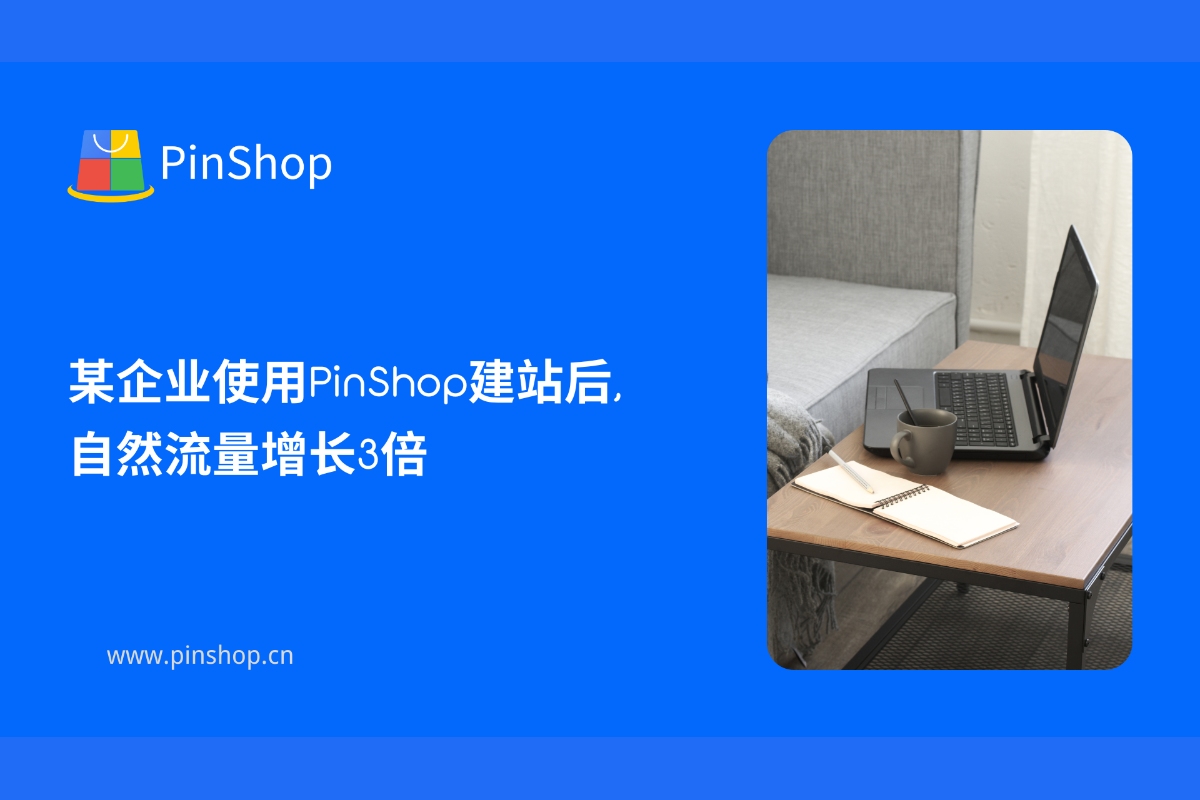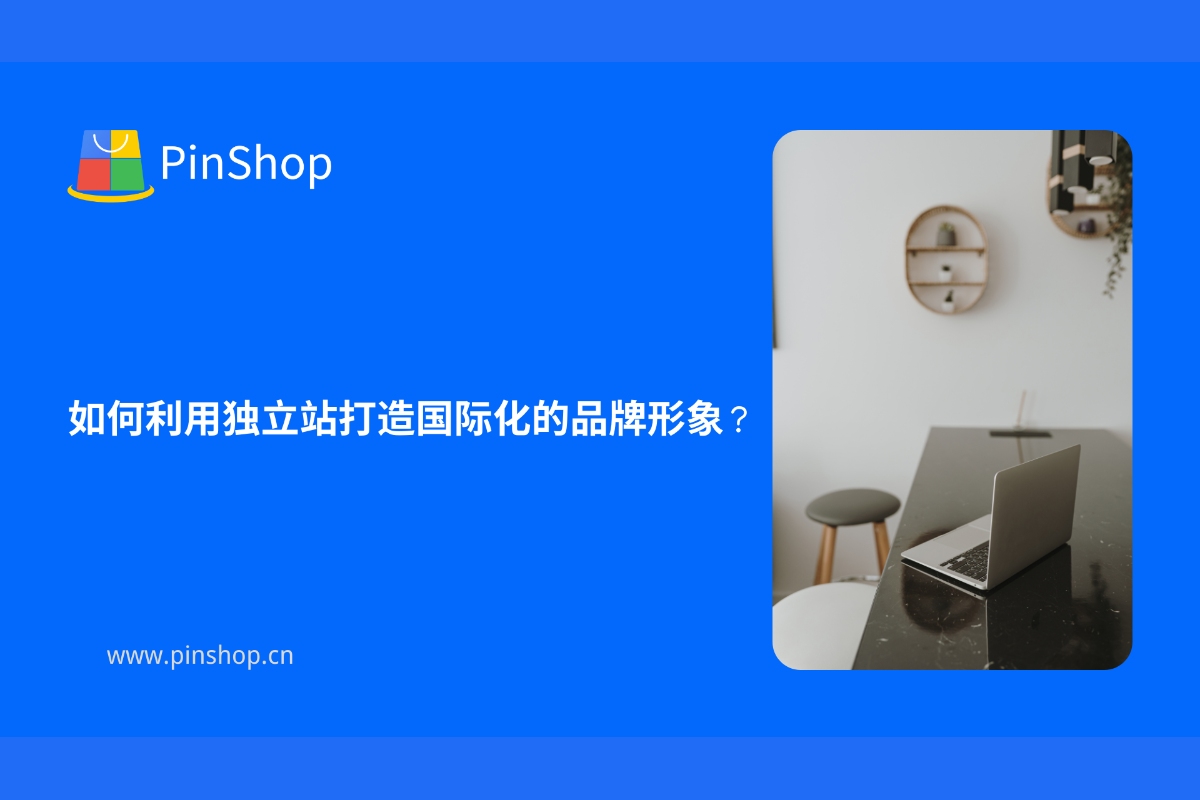In the context of globalized trade, language barriers are a key factor impacting user experience and order conversion when foreign trade websites serve customers from different countries and regions. According to research by Common Sense Advisory , 64% of consumers prefer to purchase products on websites that offer local language content. Therefore, developing multilingual versions of foreign trade websites has become a key strategy for companies in their global expansion.
1. Multilingual version selection strategy
When building a multilingual foreign trade website, companies must first identify their target market and select language versions based on market demand:
Mainstream international languages : English, Spanish, French, German, etc., covering major export markets.
Regional languages : such as Arabic, Russian, and Japanese, are selected based on the proportion of users in key markets.
Language prioritization : Determine the order of launch based on traffic and potential customer volume to avoid wasting resources.
For example, Alibaba International provides English, Portuguese, Arabic and other versions of its sites in different countries to adapt to the browsing habits of customers in different markets.
2. Content localization and SEO optimization
Multilingual websites require more than just translation; they also require content localization and SEO strategies:
Keyword localization : Optimize keywords based on the target market's search habits to ensure visibility on search engines such as Google and Bing.
Cultural adaptation : Graphics, colors, and expressions must conform to the target market culture to enhance user trust.
Technical SEO support : Hreflang tags, URL structure, Sitemap multilingual support, etc., to ensure that search engines correctly index different language versions.
According to the Moz SEO Guide , reasonable multilingual SEO optimization can increase the overseas search rankings of foreign trade websites by about 35%.

3. Technical implementation and management
Building a multilingual foreign trade website requires taking into account both front-end display and back-end management:
Multilingual CMS support : Using a website building platform or CMS that supports multilingual management, such as Pinshop, can achieve unified management of content in different languages.
Combining automatic translation with manual proofreading : Basic information can be quickly generated using automatic translation, while high-value content requires manual localization and optimization.
Content synchronization and update mechanism : ensure that the content of each language version is updated in a timely manner to avoid information inconsistencies and maintain the brand image.
Through the Pinshop website building platform, companies can quickly build multilingual foreign trade websites, uniformly manage multilingual pages in the background, achieve automatic synchronization of content updates, and improve operational efficiency.
4. User experience optimization suggestions
Optimizing the user experience of multilingual versions is an important step in improving order conversion rates:
Easy language switching : A language switching button is provided at the top of the page or in a prominent position, which supports automatic identification of the user's regional language.
Localized payment and logistics information : Display available payment methods and logistics options in the target market to reduce user concerns.
Multilingual customer service support : Provide multilingual customer service via email, online chat or WhatsApp to enhance communication efficiency.
According to a Forrester Research report, optimizing multilingual user experience can increase overseas order conversion rates by more than 20%.
Summarize :
Building multilingual versions of your international trade website is a crucial tool for businesses to expand into global markets. Through target language selection, content localization, SEO optimization, and technical management, businesses can enhance their overseas customer experience and transaction conversion rates. With the Pinshop website building platform, building a multilingual international trade website becomes efficient and sustainable, providing solid support for businesses' global operations.
Pinshop website building platform CTA :
Want to easily support multiple language versions for your foreign trade website and improve global customer conversion? Use the Pinshop website building platform and experience it now to quickly build an efficient and professional multilingual foreign trade website.

Recommended article: How to implement cross-border payment function on foreign trade websites






